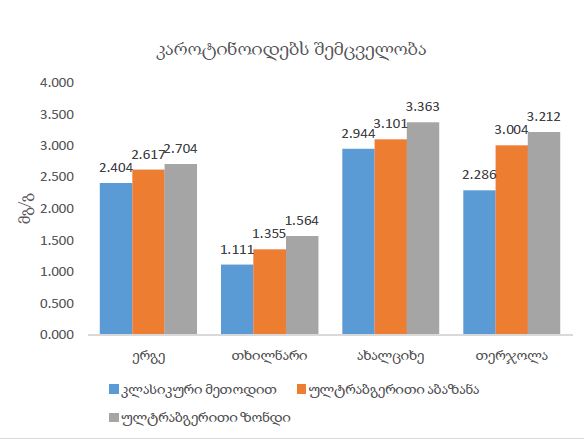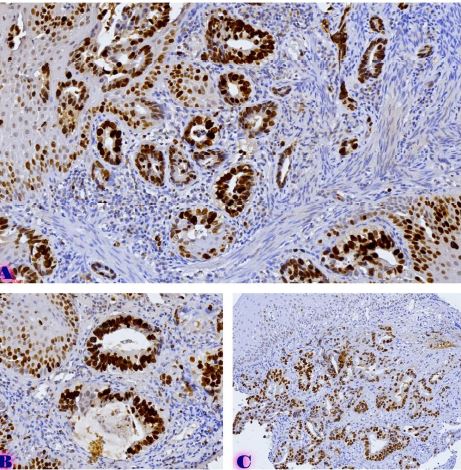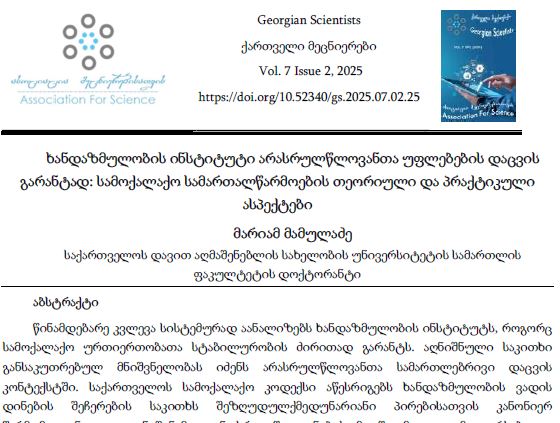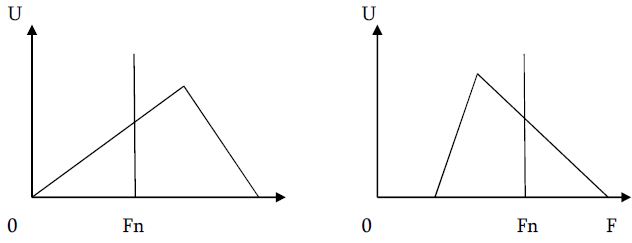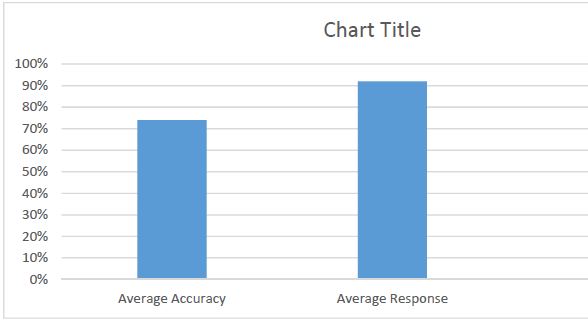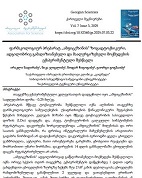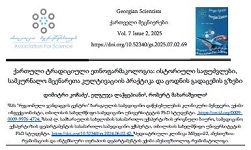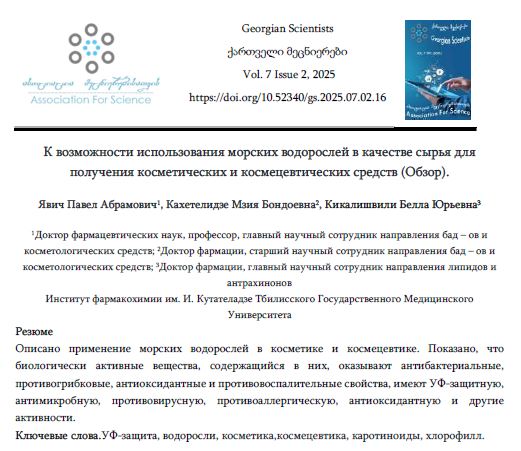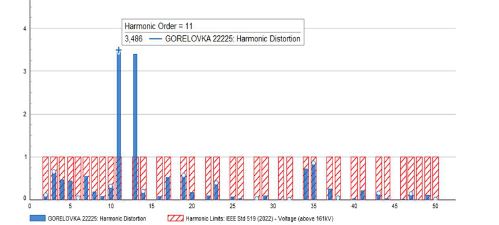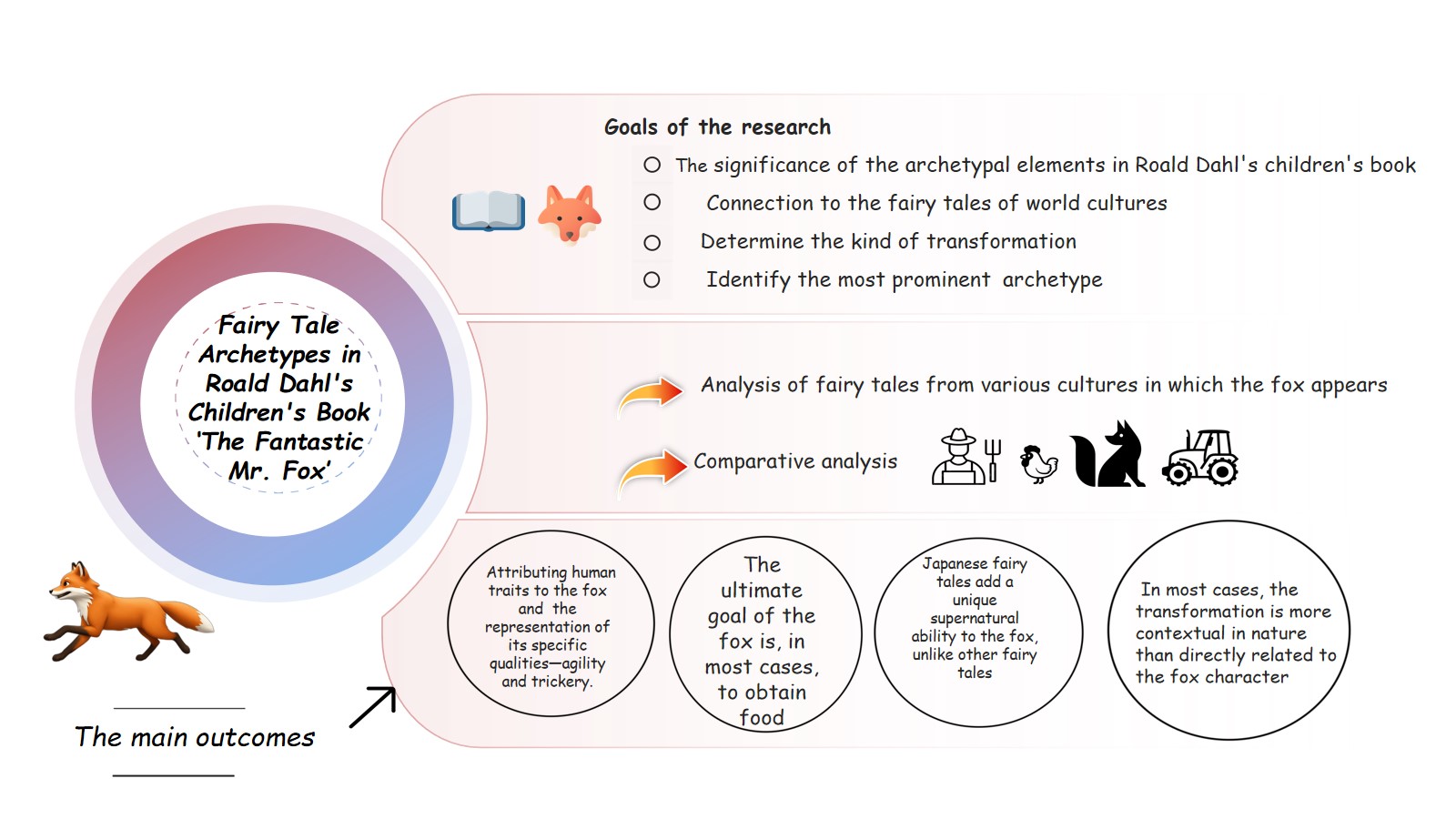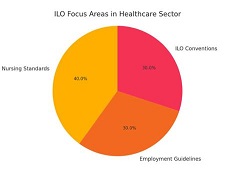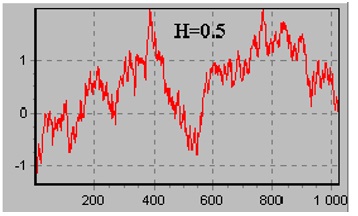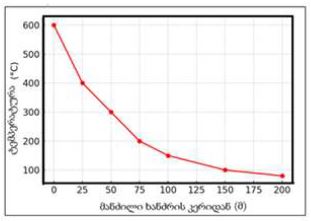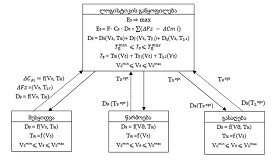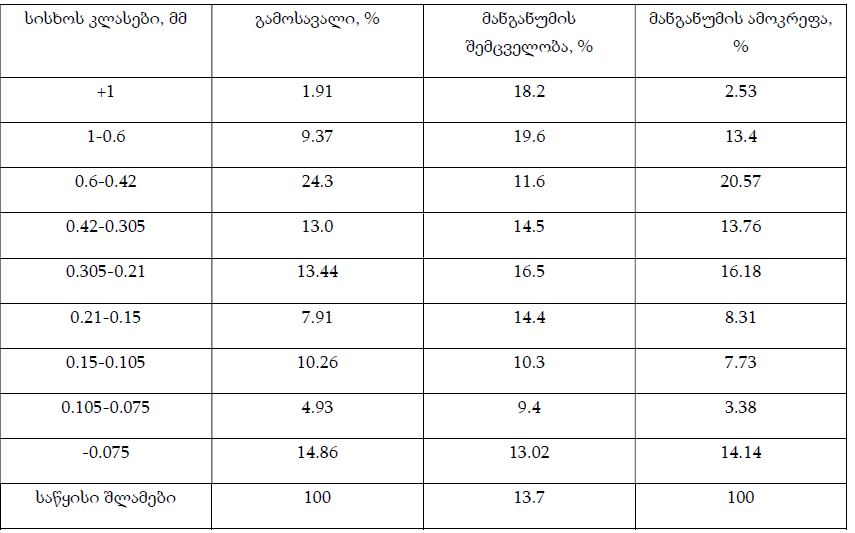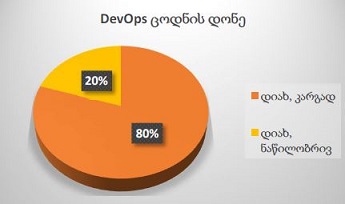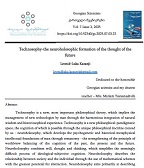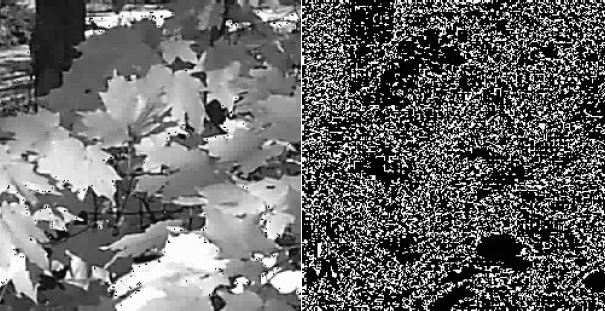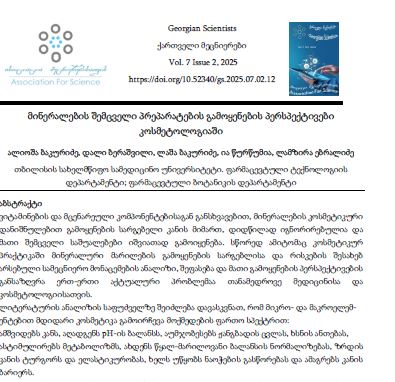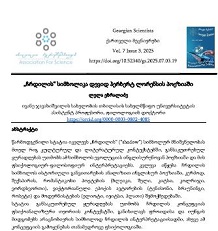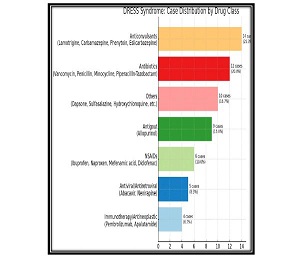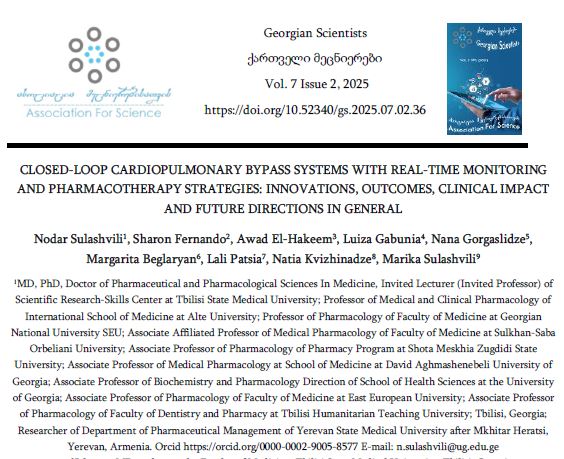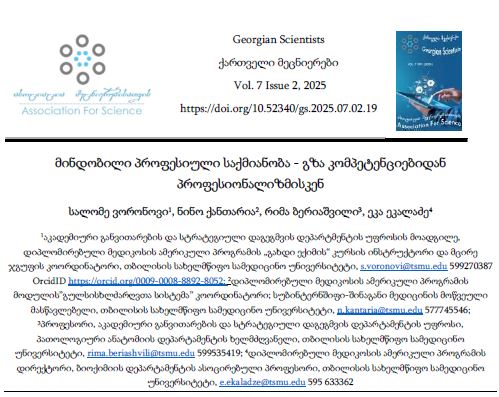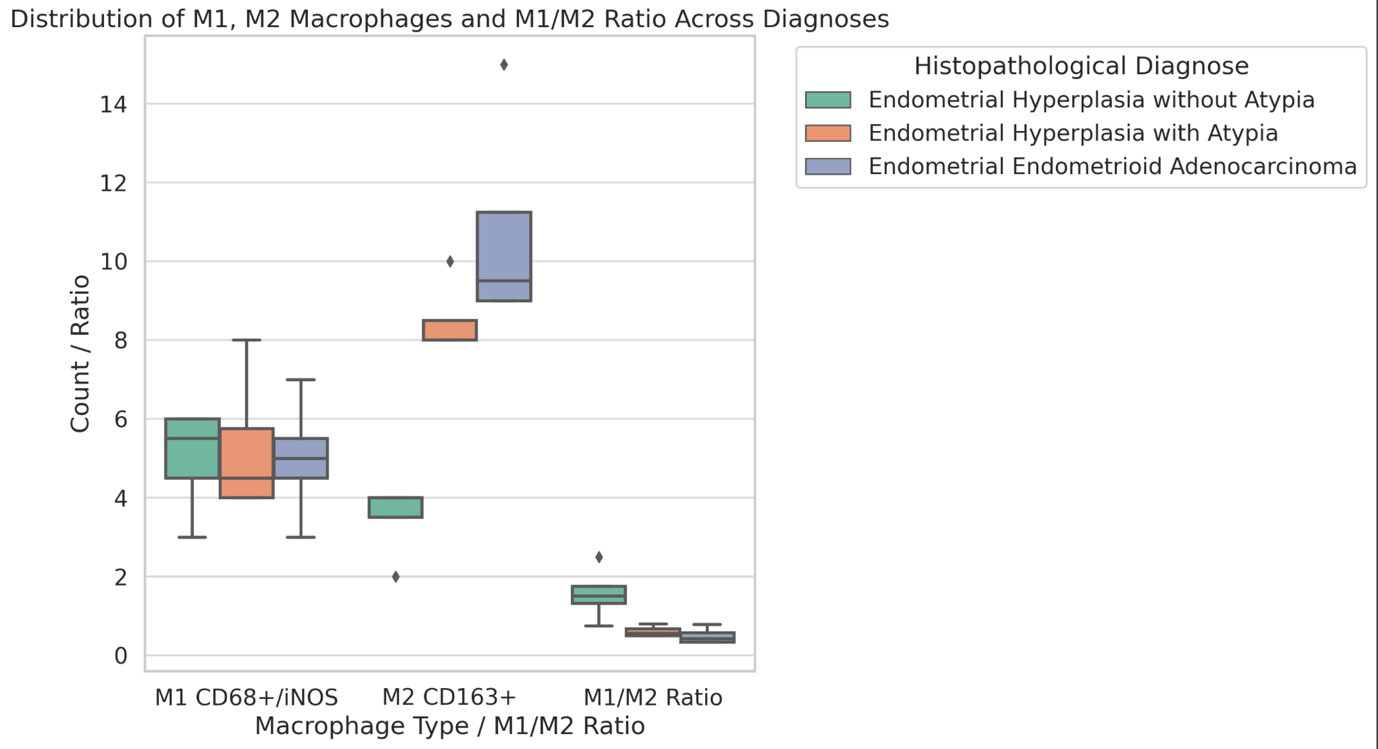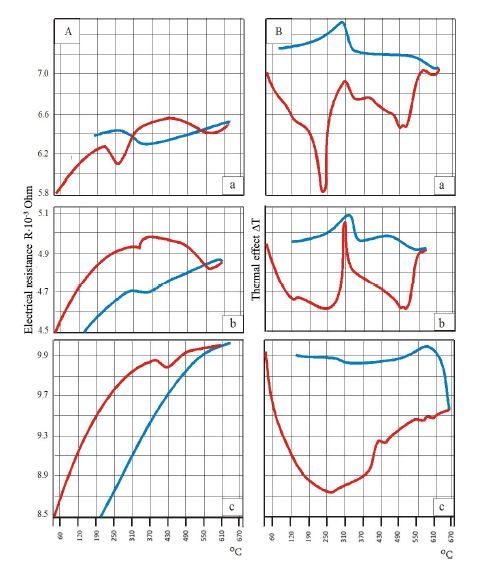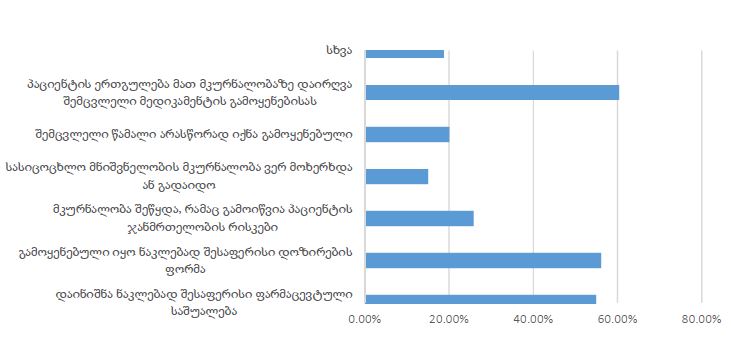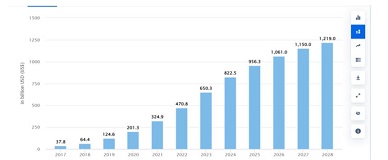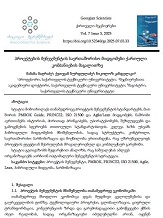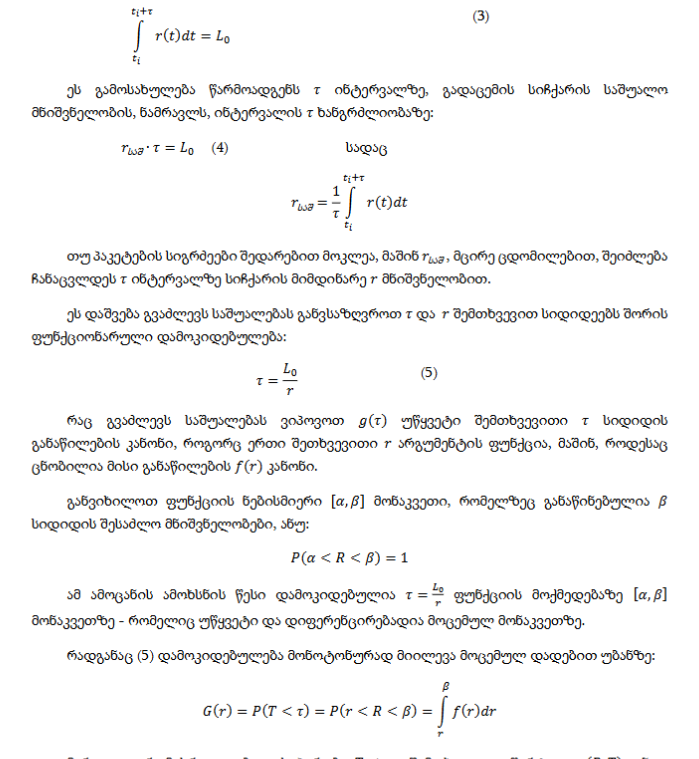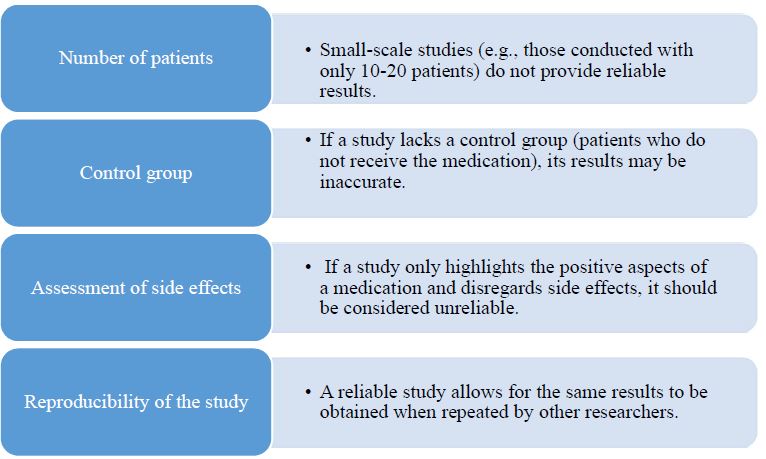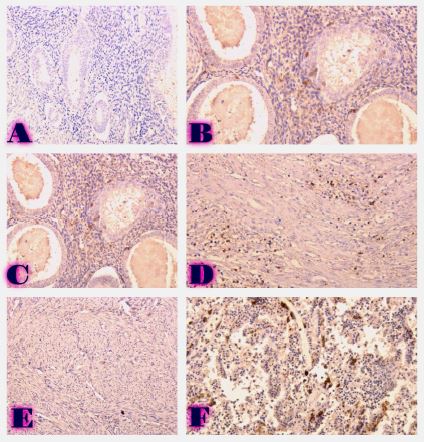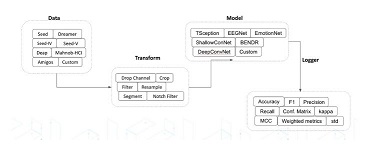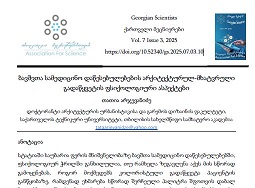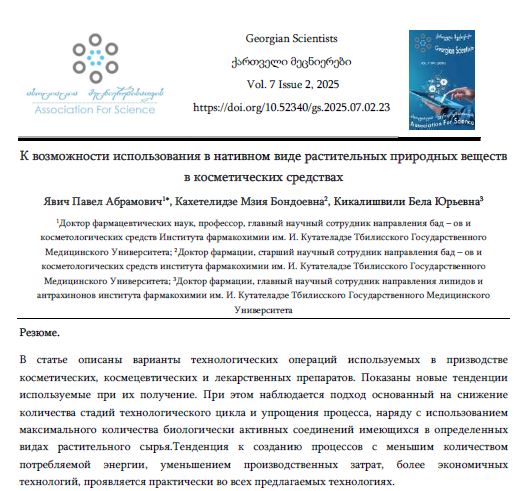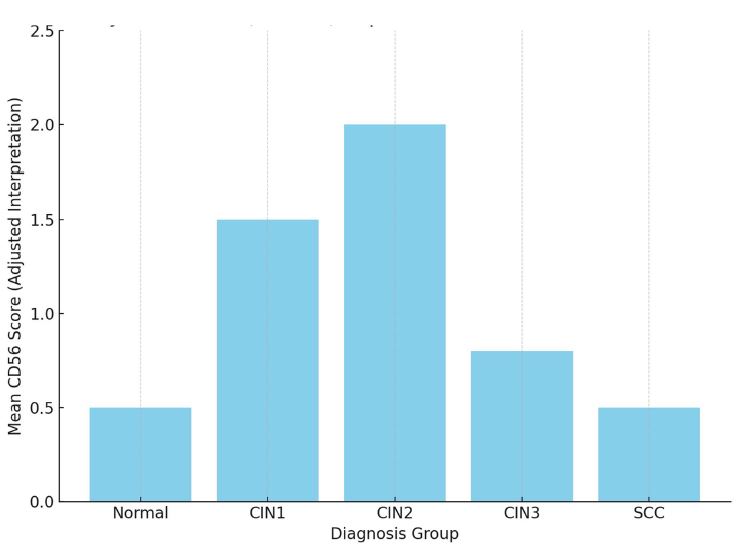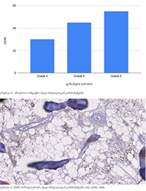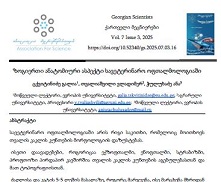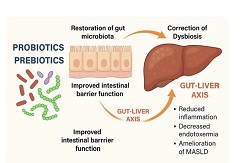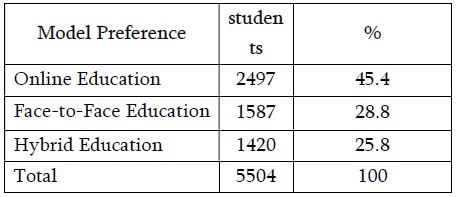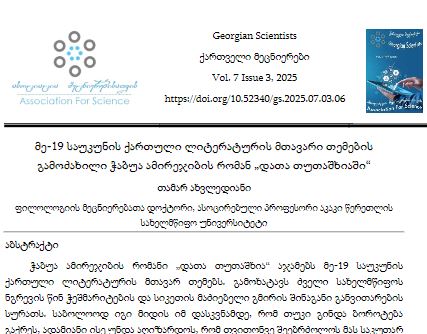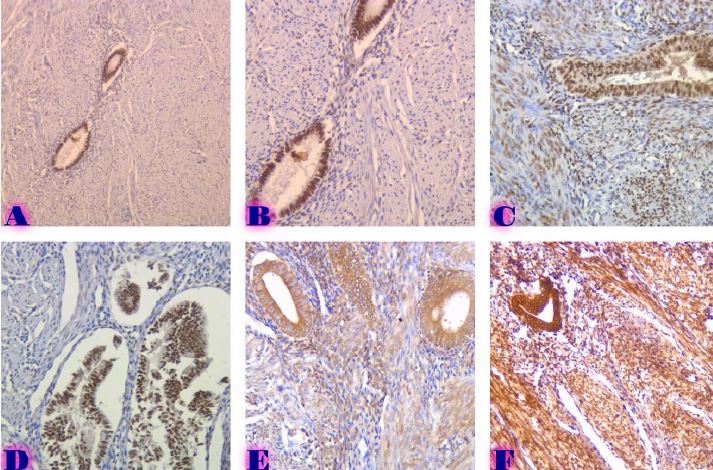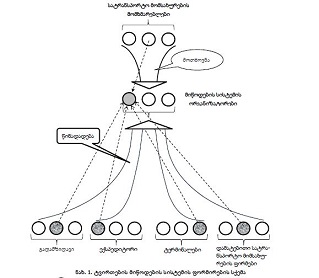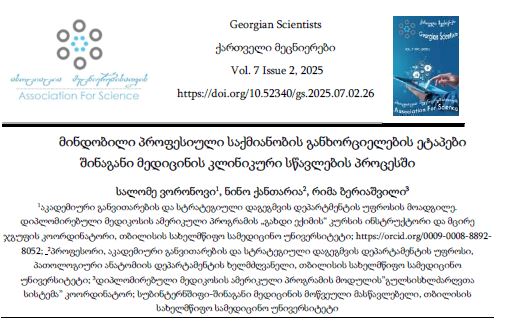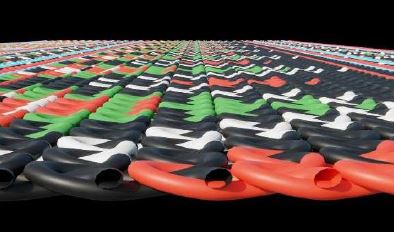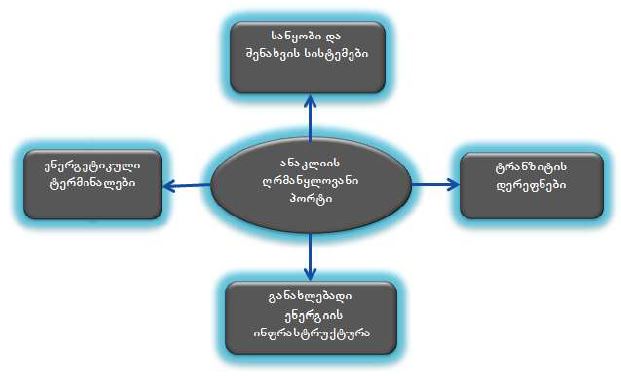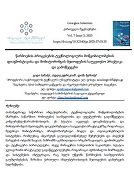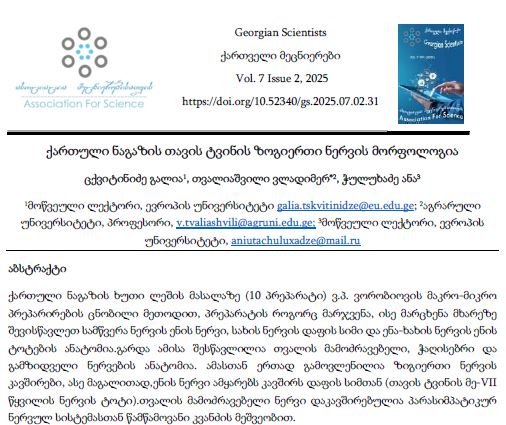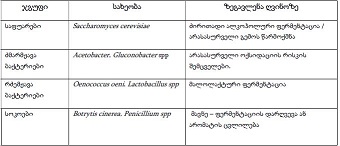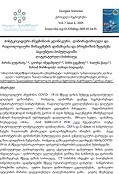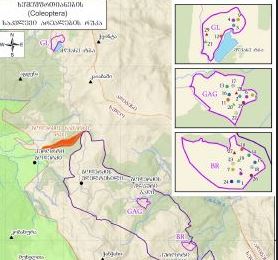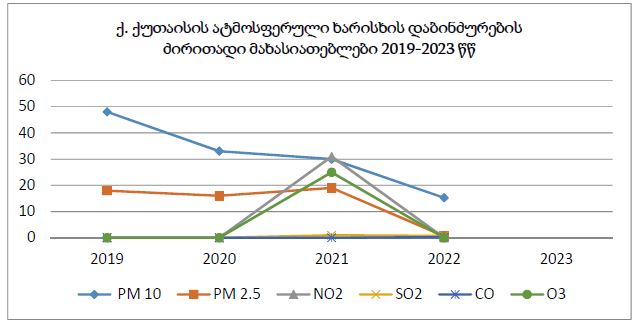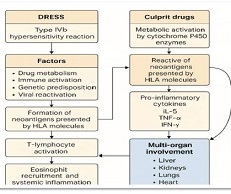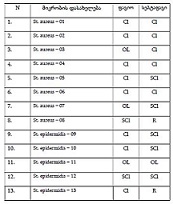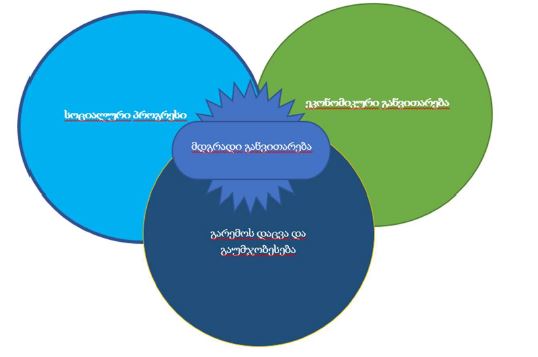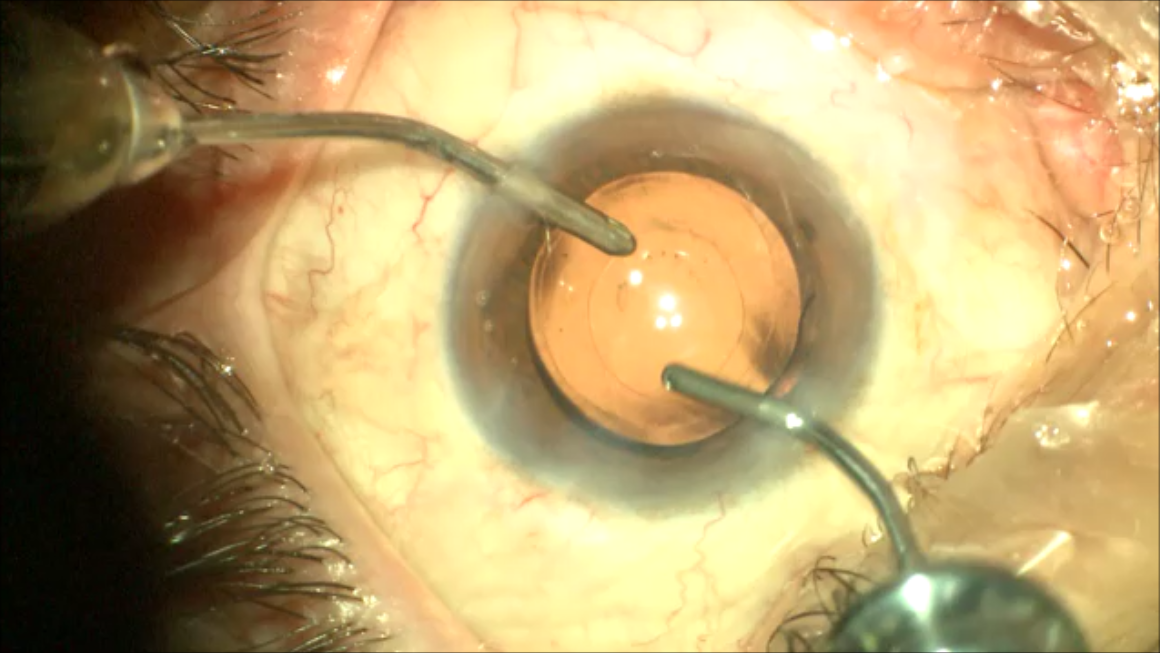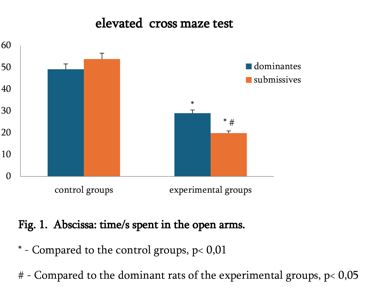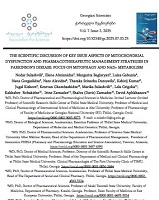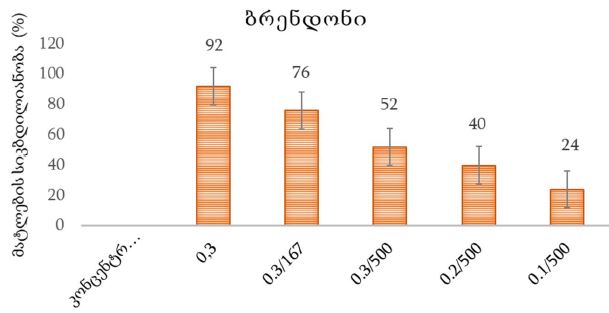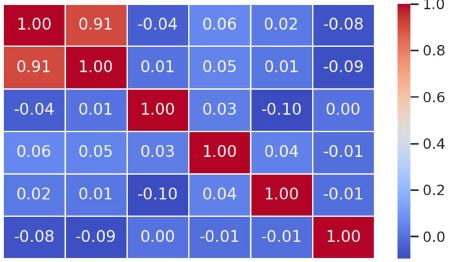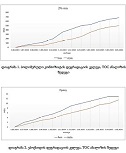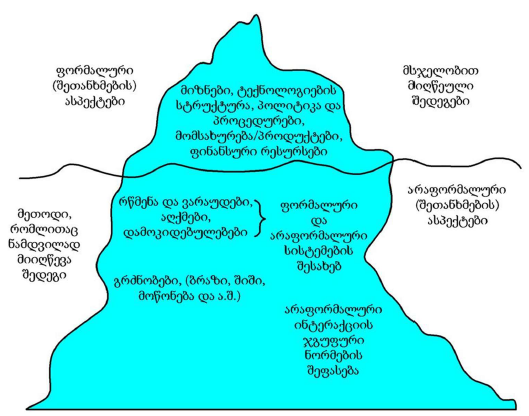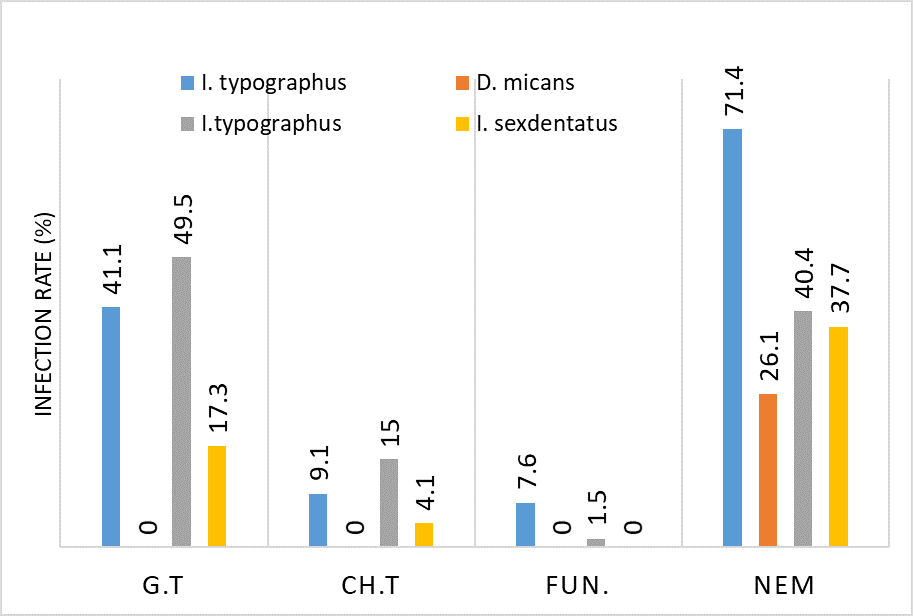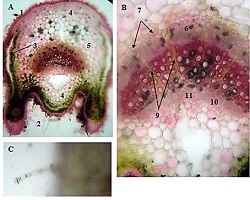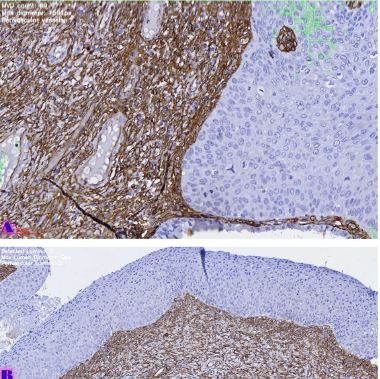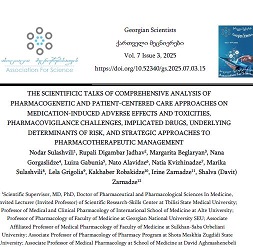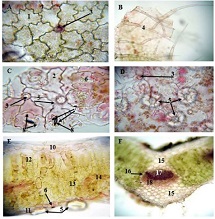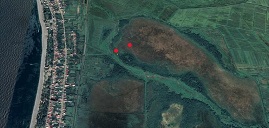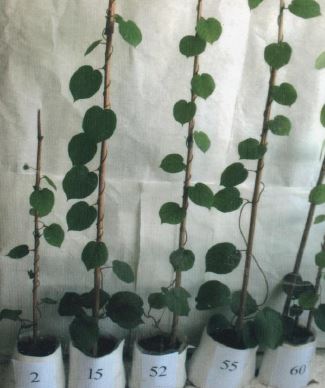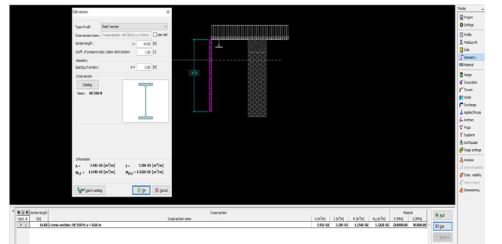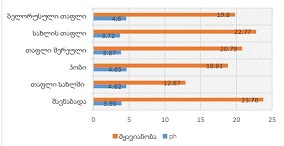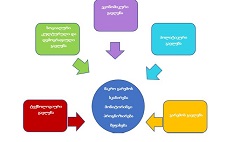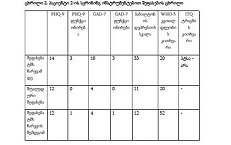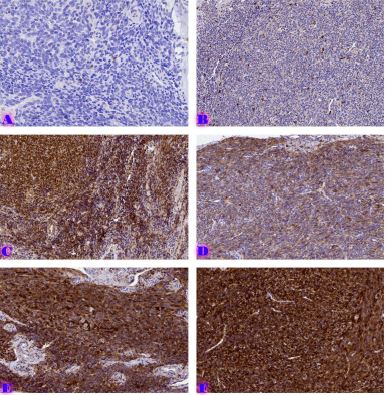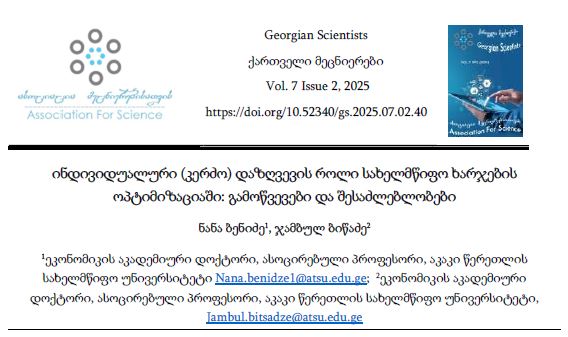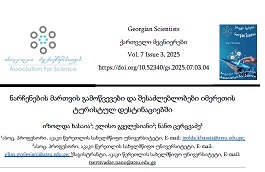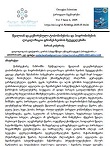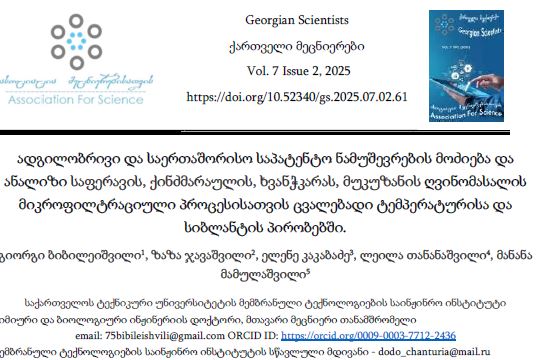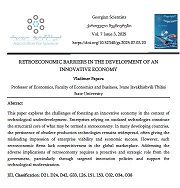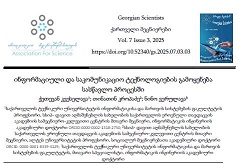Biologically Active Polyethylene Glycol-Based Multiple-Catechol-Containing Biopolymer Poly[3-(3,4-dihydroxyphenyl) glyceric acid] from Different Medicinal Plants of Boraginaceae Family

Downloads
High molecular weight (>1000 kDa or >500 kDa) water-soluble preparations (HMPs) from Symphytum asperum, S. caucasicum, S. officinale, S. grandiflorum, Anchusa italica, Cynoglossum officinale, Borago officinalis, and Paracynoglossum imeretinum (Boraginaceae) were obtained. The main chemical constituent of these HMPs is the first and only representative of a previously unreported class of natural polyethers — a novel poly[oxy-1-carboxy-2-(3,4-dihydroxyphenyl)ethylene], also known as poly[3-(3,4-dihydroxyphenyl)glyceric acid] (P-DGA). The structure elucidation of P-DGA was performed using data from various nuclear magnetic resonance (NMR) techniques, including liquid-state 1H, 13C NMR, two-dimensional (2D) homonuclear gCOSY, two-dimensional (2D) heteronuclear 1H/13C gHSQCED, two-dimensional (2D) DOSY (Diffusion-ordered spectroscopy), and solid-state 13C NMR spectra. The polyoxyethylene (polyethylene glycol) (PEG) chain serves as the backbone of this biopolymer, with a residue of 3-(3,4-dihydroxyphenyl)glyceric acid functioning as the repeating unit. The 3,4-dihydroxyphenyl (catechol) and carboxyl groups consistently substitute for two carbon atoms in the PEG backbone chain. Hence, P-DGA represents a unique class of natural polyethers. Each repeating trifunctional structural unit of P-DGA contains two phenolic hydroxyl groups in the ortho position and one carboxyl group. The multifunctionality of P-DGA likely explains its wide spectrum of biological activities, including anti-complementary, antioxidant, anti-inflammatory, burn and wound healing, antimicrobial, and anti-cancer properties.
Downloads
Folashade, K.O.; Omoregie, E.H.; Ochogu, A.P. Standardization of herbal medicines. Intern. J. Biodiversity Conserv. 2012, 4 (3), 101–112. https://doi.org/10.5897/IJBC11.163
Wang, H.; Chen, Y.; Wang, L.; Liu, Q. et al. Advancing herbal medicine: enhancing product quality and safety through robust quality control practices. Front. Pharmacol. 2023, 14, 1265178. https://doi.org/10.3389/fphar.2023.1265178
Chaachouay, N.; Zidane, L. Plant-Derived Natural Products: A Source for Drug Discovery and Development. Drugs Drug Candidates 2024, 3, 184–207.
https://doi.org/10.3390/ddc3010011
Umadevi, M.; Kumar, K.P.S.; Bhowmik, D.; Duraivel, S. Traditionally Used Anticancer Herbs in India. J. Med. Plants Studies 2013, 1 (3), 56–74.
https://www.plantsjournal.com/archives/2013/vol1issue3/PartA/6-378.pdf
Vaou, N.; Stavropoulou, E.; Voidarou, C.; Tsakris, Z. et al. Interactions between Medical Plant-Derived Bioactive Compounds: Focus on Antimicrobial Combination Effects. Antibiotics 2022, 11 (8), 1014 (1–23). https://doi.org/10.3390/antibiotics11081014
Muscolo, A.; Mariateresa, O.; Giulio, T.; Mariateresa, R. Oxidative Stress: The Role of Antioxidant Phytochemicals in the Prevention and Treatment of Diseases. Int. J. Mol. Sci. 2024, 25 (6), 3264 (1–22). https://doi.org/10.3390/ijms25063264
Qureshi, D.; Nayak, S.K.; Anis, A.; Ray, S.S. et al. Chapter 1 – Introduction of biopolymers: Food and biomedical applications. In Biopolymer-Based Formulations. Biomedical and Food Applications; Pal, K.; Banerjee, I.; Sarkar, P.; Kim, D.; Deng, W.-P.; Dubey, N.K.; Majumder, K., Eds.; Elsevier Inc.: Amsterdam, Netherlands, 2020; pp. 1–45. https://doi.org/10.1016/B978-0-12-816897-4.00001-1
Al-Ghraibah, A.M.; Al-Qudah, M.; AL-Oqla, F.M. Chapter 10 - Medical Implementations of Biopolymers. In Advanced Processing, Properties, and Applications of Starch and Other Bio-Based Polymers; Al-Oqla, F.M.; Sapuan, S.M., Eds.; Elsevier Inc.: Amsterdam, Netherlands, 2020; pp. 157–171. https://doi.org/10.1016/B978-0-12-819661-8.00010-X
Nitta, S.K.; Numata, K. Biopolymer-Based Nanoparticles for Drug/Gene Delivery and Tissue Engineering. Int. J. Mol. Sci. 2013, 14 (1), 1629–1654. https://doi.org/10.3390/ijms14011629
Nishimoto-Sauceda, D.; Romero-Robles, L.E.; Antunes-Ricardo, M. Biopolymer nanoparticles: a strategy to enhance stability, bioavailability, and biological effects of phenolic compounds as functional ingredients. J. Sci. Food Agric. 2022, 102 (1), 41–52.
https://doi.org/10.1002/jsfa.11512
Nemli, E.; Ozkan, G.; Subasi, B.G.; Cavdar, H. et al. Interactions between proteins and phenolics: effects of food processing on the content and digestibility of phenolic compounds. J. Sci. Food Agric. 2024, 104, 2535–2550. https://doi.org/10.1002/jsfa.13275
Foujdar, R.; Bera, M.B.; Chopra, H.K. Chapter 30 - Phenolic nanoconjugates and their application in food. In Biopolymer-Based Formulations. Biomedical and Food Applications; Pal, K.; Banerjee, I.; Sarkar, P.; Kim, D.; Deng, W.-P.; Dubey, N.K.; Majumder, K., Eds.; Elsevier Inc.: Amsterdam, Netherlands, 2020; pp. 751–780.
https://doi.org/10.1016/B978-0-12-816897-4.00030-8
Patil, N.; Jérôme, C.; Detrembleur, C. Recent Advances in the Synthesis of Catechol-Derived (Bio)Polymers for Applications in Energy Storage and Environment. Prog. Polym. Sci. 2018, 8, 34–91. https://doi.org/10.1016/j.progpolymsci.2018.04.002
Mashhadi, S.M.A.; Yufit, D.; Liu, H.; Hodgkinson, P. et al. Synthesis and structural characterization of cocrystals of isoniazid and cinnamic acid derivatives. J. Mol. Struct. 2020, 1219 (24), 128621 (1–20). https://doi.org/10.1016/j.molstruc.2020.128621
Dresler, S.; Szymczak, G.; Wojcik, M. Comparison of some secondary metabolite content in the seventeen species of the Boraginaceae family. Pharm. Biol. 2017, 55 (1), 691–695. http://dx.doi.org/10.1080/13880209.2016.1265986
Taravati, G.; Masoudian, N.; Gholamian, A. Evaluation of Medical Metabolites in Boraginaceae Family. J. Chem. Health Risks 2014, 4 (1), 53–61.
https://www.jchr.org/index.php/JCHR/article/view/391/393
Gupta, P.S.P.; Vishwakarma, K.; Soni, P.; Jadhao, A.B. et al. Medicinally Important Plants of Boraginaceae Family. Afr. J. Bio. Sc. 2024, 6 (Si4), 6013–6021.
https://doi.org/10.48047/Afjbs.6.Si4.2024.6013-6021
Dominguez de Maria, P.; van Gemert, R.W.; Straathof, A.J.J.; Hanefeld, U. Biosynthesis of ethers: Unusual or common natural events? Nat. Prod. Rep. 2010, 27, 370–392. https://doi.org/10.1039/b809416k
Hatfield, W.; Vermerris, W. Lignin formation in plants. The dilemma of linkage specificity. Plant Physiol. 2001, 126 (4), 1351–1357. https://doi.org/10.1104/pp.126.4.1351
Barbakadze, V.; Kemertelidze, E.; Usov, A.I.; Kroes, B.H. et al. Evaluation of immunomodulatory activity of some plant polysaccharides. Proc. Georgian Acad. Sci., Biol. Ser. 1999, 25 (4–6), 207–216.
Tsuda, Y. Isolation of Natural Products; Japan Analytical Industry Co., Ltd.: Tokyo, Japan, 2004; p. 40. http://natpro.com.vn/public/assets/Download/Isolation_of_Natural_Products.pdf
Barthomeuf, C.M.; Debiton, E.; Barbakadze, V.V.; Kemertelidze, E.P. Evaluation of the dietetic and therapeutic potential of a high molecular weight hydroxycinnamate-derived polymer from Symphytum asperum Lepech. J. Agric. Food Chem. 2001, 49 (8), 3942–3946. https://doi.org/10.1021/jf010189d
Gogilashvili, L.; Amiranashvili, L.; Barbakadze, V.; Merlani, M. et al. Obtaining of toxic pyrrolizidine alkaloid-free biologically active high molecular preparations of Symphytum asperum and S. caucasicum. Bull. Georg. Natl. Acad. Sci. 2008, 2 (2), 85–89. http://science.org.ge/old/moambe/2-2/Gogilashvili.pdf
Barbakadze, V.V.; Kemertelidze, E.P.; Dekanosidze, H.E.; Beruchashvili, T.G.; Usov, A.I. Investigation of Glucofructans from Roots of Two Species of Comfrey Symphytum asperum Lepech. and S. Caucasicum Bieb. Rus. J. Bioorg. Chem. 1992, 18 (5), 671–679 (in Russian). #abstract in English. https://eurekamag.com/research/007/485/007485437.php
Gallastegui, A.; Camara, O.; Minudri, D.; Goujon, N. et al. Aging Effect of Catechol Redox Polymer Nanoparticles for Hybrid Supercapacitors. Batteries&Supercaps 2022, 5 (9), e202200155 (1–9). https://doi.org/10.1002/batt.202200155
Dyer, M.A. Applications of Absorption Spectroscopy of Organic Compounds; Prentice-Hall Inc.: Englewood Cliffs, NY, USA, 1965.
Barbakadze, V.V.; Kemertelidze, E.P.; Shashkov, A.S.; Usov, A.I. Structure of a new anticomplementary dihydroxycinnamate-derived polymer from Symphytum asperum (Boraginaceae). Mendeleev Commun. 2000, 10 (4), 148–149.
https://doi.org/10.1070/MC2000v010n04ABEH001295
Barbakadze, V.V.; Kemertelidze, E.P.; Targamadze, I.L.; Shashkov, A.S.; Usov, A.I. Poly[3-(3,4-Dihydroxyphenyl)glyceric Acid]: A New Biologically Active Polymer from Two Comfrey Species Symphytum asperum and S. caucasicum (Boraginaceae). Rus. J. Bioorg. Chem. 2002, 28 (4), 326–330. https://doi.org/10.1023/A :1019552110312
Barbakadze, V.; Kemertelidze, E.; Targamadze, I.; Mulkijanyan, K. et al. Poly[3-(3,4-dihydroxyphenyl)glyceric Acid], A New Biologically Active Polymer from Symphytum asperum Lepech. and S. caucasicum Bieb. (Boraginaceae). Molecules 2005, 10 (9), 1135–1144. https://doi.org/10.3390/10091135
Barbakadze, V.V.; Kemertelidze, E.P.; Targamadze, I.; Mulkidzhanyan, K. et al. Poly[3-(3,4-dihydroxyphenyl)glyceric acid] from Stems of Symphytum asperum and S. caucasicum. Chem. Nat. Compd. 2005, 41 (4), 374–377. https://doi.org/10.1007/s10600-005-0155-2
An erratum to this article: Chem. Nat. Compd., 2005, 41 (5), 615. http://dx.doi.org/10.1007/s10600-005-0226-4
Barbakadze, V.; van den Berg, A.J.J.; Beukelman, C.J.; Kemmink, J. et al. Poly[3-(3,4-dihydroxyphenyl)glyceric acid] from Symphytum officinale roots and its biological activity. Chem. Nat. Compd. 2009, 45 (1), 6–10. https://doi.org/10.1007/s10600-009-9221-5
Gogilashvili, L.; Amiranashvili, L.; Salgado, A.; Barbakadze, V. et al. Poly[3-(3,4-Dihydroxyphenyl)Glyceric Acid] from Cynoglossum officinale L. (Boraginaceae). Bull. Georg. Natl. Acad. Sci. 2020, 14 (1), 108–113.
http://science.org.ge/bnas/t14-n1/16_Gogilashvili_Pharmacochemistry.pdf
Barbakadze, V.; Gogilashvili, L.; Amiranashvili, L.; Merlani, M. et al. Biologically Active Sugar-Based Biopolyether Poly[3-(3,4-Dihydroxyphenyl)Glyceric Acid] from the Stems and Roots of Paracynoglossum imeretinum (Kusn.) M.Pop. Bull. Georg. Natl. Acad. Sci. 2022, 16 (3), 110–115. http://science.org.ge/bnas/vol-16-3.html
Barbakadze, V.; Gogilashvili, L.; Amiranashvili, L.; Merlani, M. et al. Poly[3-(3,4-dihyd-roxy¬phenyl)glyceric Acid] from Anchusa italica Roots. Nat. Prod. Commun. 2010, 5 (7), 1091–1095. https://doi.org/10.1177/1934578X1000500722
Gokadze, S.; Gogilashvili, L.; Amiranashvili, L.; Barbakadze, V. et al. Investigation of Water-Soluble High Molecular Preparation of Symphytum grandiflorum DC (Boraginaceae). Bull. Georg. Natl. Acad. Sci. 2017, 11 (1), 116–121. http://science.org.ge/bnas/t11-n1/19_Gokadze.pdf
Barbakadze, V.; Gogilashvili, L.; Amiranashvili, L.; Merlani, M. et al. Carbohydrate-Based Biopolymers: Biologically Active Poly[3-(3,4-Dihydroxyphenyl)Glyceric Acid] from Borago officinalis. Bull. Georg. Natl. Acad. Sci. 2021, 15 (4), 140–145. http://science.org.ge/bnas/vol-15-4.html
Patt, S.L.; Schoolery, J.N. Attached proton test for carbon-13 NMR. J. Magn. Reson. 1982, 46 (3), 535–539. https://doi.org/10.1016/0022-2364 (82)90105-6
Pagenkopf, B. ACD/HNMR Predictor and ACD/CNMR Predictor Advanced Chemistry Development, Inc. (Computer Software Review). J. Am. Chem. Soc. 2005, 127 (9), 3232. https://doi.org/10.1021/ja040946z
Van Bramer, S. ACD/CNMR and ACD/HNMR Spectrum Prediction Software. (Software Review). Conc. Magn. Reson. 1997, 9 (4), 271–273. https://doi.org/10.1002/ (SICI)1099-0534(1997)9:4<271::AID-CMR6>3.0.CO;2-W
Barbakadze, V.; Kemertelidze, E.; Shashskov, A.S.; Usov, A.I. et al. Partial characterization of a new anticomplementary dihydroxycinnamate-derived polymer from Symphytum asperum Lepech. Proc. Georg. Acad. Sci., Biol. Ser. 1999, 25 (4–6), 199–205.
Lomsadze, K.; Lengers, I.; Barbakadze, V.; Kohler, J. et al. The investigation of structural characteristics of biologically active natural polymers using solid-state NMR experiments. 34th International Symposium on Pharmaceutical and Biomedical Analysis (PBA 2024), Geneva, Switzerland, September 9–12, 2024; pp. 73–74.
Mao, J.D.; Schmidt-Rohr, K. Accurate quantification of aromaticity and non-protonated aromatic carbon fraction in natural organic matter by C-13 solid-state nuclear magnetic resonance. Environ. Sci. Technol. 2004, 38 (9), 2680–2684. https://doi.org/10.1021/es034770x
Freitas, J.C.C.; Ejaz, M.; Toci, A.T.; Romao, W. et al. Solid-state NMR spectroscopy of roasted and ground coffee samples: Evidences for phase heterogeneity and prospects of applications in food screening. Food Chem. 2023, 409, 135317 (1–9).
https://doi.org/10.1016/j.foodchem.2022.135317
Barbakadze, V.V.; Mulkidzhanyan, K.G.; Merlani, M.I.; Gogilashvili, L.M. et al. Extraction, composition, and the antioxidant and anticomplement activities of high molecular weight fractions from the leaves of Symphytum asperum and S. caucasicum. Pharm. Chem. J. 2011, 44 (11), 604–607. https://doi.org/10.1007/s11094-011-0527-9
Riseh, R.S.; Hassanisaadi, M.; Vatankhah, M.; Varma, R.S. et al. Nano/Micro-Structural Supramolecular Biopolymers: Innovative Networks with the Boundless Potential in Sustainable Agriculture. Nano-Micro Lett. 2024, 16, 147 (1–23). https://doi.org/10.1007/s40820-024-01348-x
Martínez-Orts, M.; Pujals, S. Responsive Supramolecular Polymers for Diagnosis and Treatment. Int. J. Mol. Sci. 2024, 25, 4077 (1–27). https://doi.org/10.3390/ijms25074077
Zhang, W.; Wang, R.; Sun, Z.; Zhu, X. et al. Catechol functionalized hydrogels: Biomimetic design, adhesion mechanism, and biomedical applications. Chem. Soc. Rev. 2020, 49 (2), 433–464. https://doi.org/10.1039/c9cs00285e
Dubashynskaya, N.V.; Petrova, V.A.; Skorik, Y.A. Biopolymer Drug Delivery Systems for Oromucosal Application: Recent Trends in Pharmaceutical R&D. Int. J. Mol. Sci. 2024, 25 (10), 5359. https://doi.org/10.3390/ijms25105359
Barbakadze, V.V.; Kemertelidze, E.P.; Mulkijanyan, K.G.; van den Berg, A.J.J. et al. Antioxidant and anticomplement activity of poly[3-(3,4-dihydroxyphenyl)glyceric acid] from Symphytum asperum and Symphytum caucasicum plants. Pharm. Chem. J. 2007, 41 (1), 14–16. https://doi.org/10.1007/s11094-007-0004-7
An erratum to this article: Pharm. Chem. J., 2007, 41 (3), 178. http://dx.doi.org/10.1007/s11094-007-0040-3
Merlani, M.; Barbakadze, V.; Gogilashvili, L.; Amiranashvili, L. Antioxidant Activity of Caffeic Acid-Derived Polymer from Anchusa italica. Bull. Georg. Natl. Acad. Sci. 2017, 11 (2), 123–127. http://science.org.ge/bnas/vol-11-2.html
Barbakadze, V.; Mulkijanyan, K.; Gogilashvili, L.; Amiranashvili, L. et al. Allantoin- and Pyrrolizidine Alkaloids-Free Wound Healing Compositions from Symphytum asperum. Bull. Georg. Natl. Acad. Sci. 2009, 3 (1), 159–164. http://science.org.ge/old/3-1/Barbakadze.pdf
Mulkijanyan, K.; Barbakadze, V.; Novikova, Zh.; Sulakvelidze, M. et al. Burn Healing Compositions from Caucasian Species of Comfrey (Symphytum L.). Bull. Georg. Natl. Acad. Sci. 2009, 3 (3), 114–117. http://science.org.ge/old/moambe/3-3/Mulkijanian.pdf
Shrotriya, S.; Gagan, D.; Ramasamy, K.; Raina, K. et al. Poly[3-(3,4-dihyd¬roxy¬phenyl)-glyceric acid] from Comfrey exerts anti-cancer efficacy against human prostate cancer via targeting androgen receptors, cell cycle arrest, and apoptosis. Carcinogenesis 2012, 33 (8), 1572–1580. https://doi.org/10.1093/carcin/bgs202
Barbakadze, V.; Merlani, M.; Gogilashvili, L.; Amiranashvili, L. et al. Antimicrobial Activity of Catechol-Containing Biopolymer Poly[3-(3,4-dihydroxyphenyl)glyceric Acid] from Different Medicinal Plants of Boraginaceae Family. Antibiotics 2023, 12, 285. https://doi.org/10.3390/antibiotics12020285
Bruckhuisen, J.; Dhont, G.; Roucou, A.; Jabri, A. et al. Intramolecular H-Bond Dynamics of Catechol Investigated by THz High-Resolution Spectroscopy of Its Low-Frequency Modes. Molecules 2021, 26 (12), 3645 (1–20). https://doi.org/10.3390/molecules26123645
Batey, S.F.D.; Davie, M.J.; Hems, E.S.; Liston, J.D. et al. The catechol moiety of obafluorin is essential for antibacterial activity. RSC Chem. Biol. 2023, 4 (11), 926–941. https://doi.org/10.1039/d3cb00127j
Puertas-Bartolome, M.K.; Włodarczyk-Biegun, M.K.; del Campo, A.; Vazquez-Lasa, B. et al. Development of bioactive catechol functionalized nanoparticles applicable for 3D bioprinting. Mater. Sci. Eng. C 2021, 131, 112515 (1–14). https://doi.org/10.1016/j.msec.2021.112515
Copyright (c) 2025 Georgian Scientists

This work is licensed under a Creative Commons Attribution-NonCommercial-NoDerivatives 4.0 International License.






